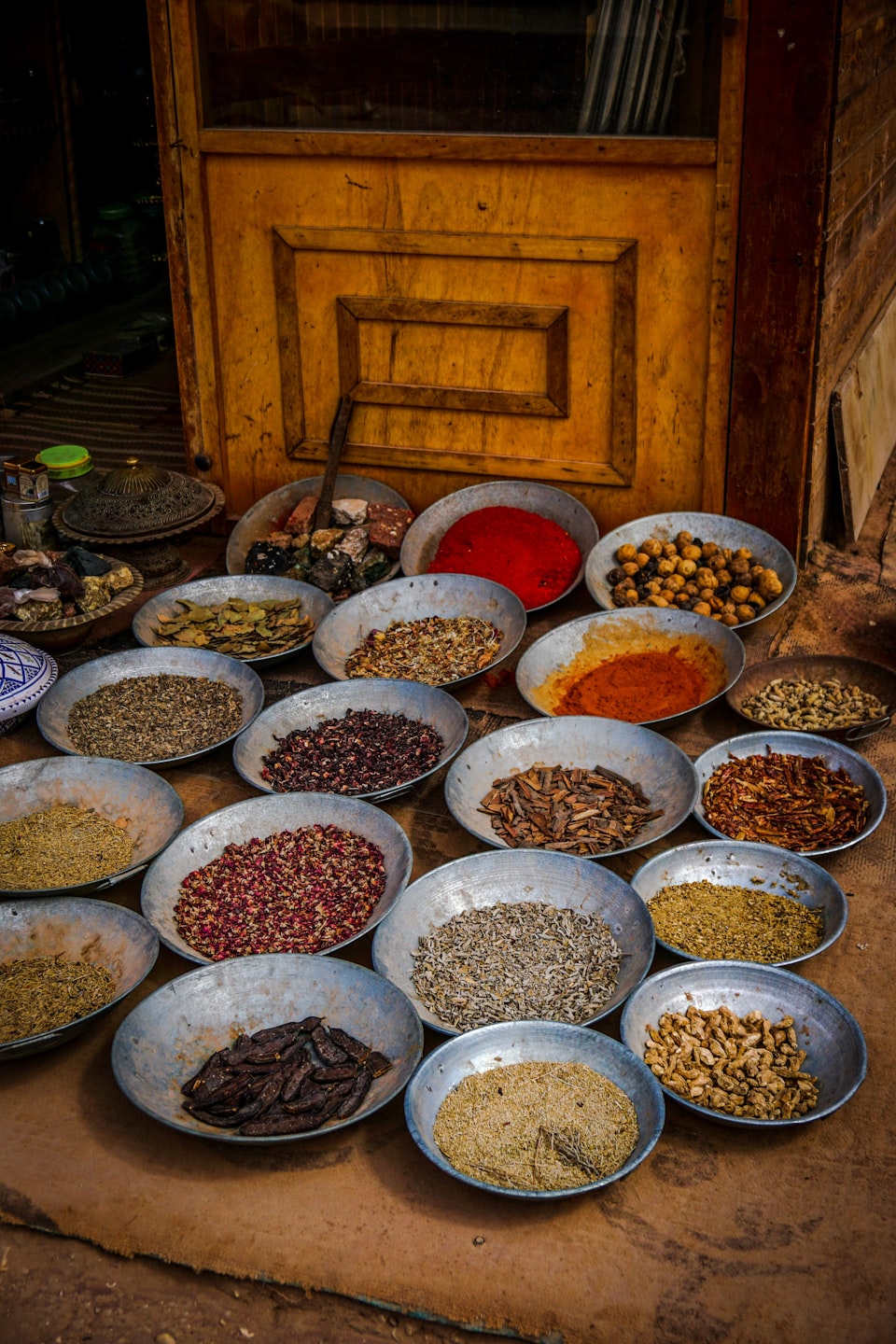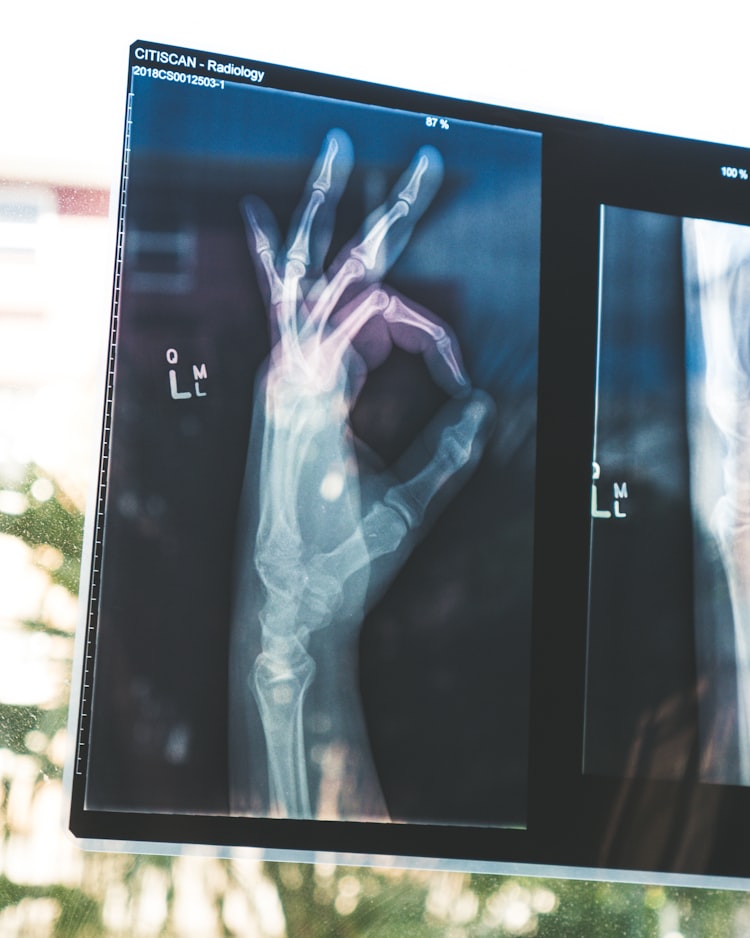Ayurvedic Meal Plan for a Vata Individual

The following Ayurvedic diet plan are general guidelines for a vata predominant person.
Before discussing the diet plan it is important to make a reference to the 20 gunas. Understanding the gunas or qualities present in the elements, doshas, individual and natural world is the first step to understanding balance and imbalance. By understanding the balanced and imbalance qualities, optimal health can be achieved through right food. As we have learned, vata is a combination of ether and air. The qualities of a vata individual are dry, light, cold, rough, subtle, mobile, and clear. Since like increases like, it is important for a vata predominant person to have foods that are then the opposite qualities such as: oily, heavy, hot, smooth, gross, static and cloudy. Additionally, the 5 elements which come together to form 3 doshas also come together to create 6 tastes. The tastes are:
- Sweet (madhura) = Earth + Water
- Sour (amla) = Earth + Fire
- Salty (lavana) = Water + Fire
- Pungent (katu) = Air + Fire
- Bitter (tikta) = Air + Ether
- Astringent (kashaya) = Air + Earth
A vata imbalance is pacified by sweet, sour, and salty tastes.
Below, I will share examples of vata pacifying foods, build out a meal plan for breakfast, lunch and dinner (including snacks), as well as the foods and habits to avoid and finally discuss the effects on my body.
The opposite qualities of vata are mostly all qualities of kapha. Vata and Kapha share the same cold quality. To understand these qualities in food we can make the following connections:
- Oily - oils, cheese, avocado, coconut
- Heavy - meat, cheese, peanuts
- Hot - peppers, eggs, warming spices, food that is cooked and served warm
- Smooth - ghee, yogurt, avocado
- Gross - meat, cheese, mushroom
- Static - dry grains and beans and eating at a table
- Cloudy - yogurt cheese
A connection between the elements and food can also be drawn. A vata person should favor foods that have more fire, water and earth elements. The elements displayed in food would be:
- Fire - spices, hot peppers, black pepper, ginger, onions, sour fruits
- Water - dairy products, juicy fruits, juicy vegetables, salt
- Earth - seeds and nuts, meat, mushrooms, root vegetables, beans, many grains
Finally, the taste of the food is also important to classify. As previously mentioned, the tastes that will pacify vata are sweet, sour and salty tastes. The foods in these tastes are:
- Sweet - rice, wheat, dates, maple syrup, licorice
- Sour - sour cream, yogurt, vinegar, citrus fruits, fermented foods
- Salty - various types of salt, seaweed, tamari
Taking the above into consideration, the vata pacifying foods will then include the following: avocado, sour berries, banana, most juicy fruits, lemon, asparagus, beets, most cooked vegetables like carrots, leeks, sweet potatoes, spinach, summer squash, most sweeteners like maple syrup, honey, quinoa, rice, oats, miso, mung beans, tofu, most dairy products, larger and slow animals like buffalo, beef, salmon, tuna, most nuts and seeds, all oils and many most of the spices.
The following would be an appropriate meal plan for a vata predominant person in the fall or winter time.
Breakfast @ 7:00am
Cooked oatmeal with cinnamon, ghee, maple syrup and coconut flakes. If a protein is desired, one could add chia seeds, flax seeds or hemp hearts.
Optional Snack around 10:00am
Fruit - banana, dates, sour berries OR yogurt - Fruit and dairy are improper food combinations. Both should primarily be eaten alone.
Lunch @ 12:00pm
Salmon (seasoned with garlic, salt and pepper) with steamed sweet potatoes, zucchini and carrots. Vegetables are then coated in olive oil and seasoned with turmeric, cumin and curry.
Optional Snack
Cooked apples in ghee with spices (cinnamon, cardamom, nutmeg, ginger) OR a small bowl of seeds or nuts
Dinner @ 6:00pm
Brown rice bowl with citrus vinaigrette. Contents of the brown rice bowl could include tofu, spinach, peas, mushrooms, seaweed or kimchi. Spice blend could include: red pepper flakes, salt, pepper, sesame seeds.
The above meal plan does include a few ingredients from the pungent, bitter and astringent taste to achieve the 6 tastes throughout the day. Additionally, warm water or tea is sipped throughout the day. Ginger is warming and particularly good for aiding in digestion.
Foods to avoid (especially in the winter) would be things like uncooked vegetables, artichokes, broccoli, kale, ice water, dried fruits, strawberries, watermelon, barley, buckwheat, dry cereals, black beans, garbanzo beans, red and brown lentils, pork, rabbit, turkey, popcorn, dry pre packed snacks like crackers, eating on the go, inconsistent meal times, constant snacking, and improper food combinations.
To conclude, the vata person ideally is eating warmed meals at regular times of the day. The meals should be eaten sitting at a table, without any negative emotions and in a peaceful setting. Ayurveda does not say that food is good or bad. Ayurveda recognizes that food is medicine! And, knowing how to use that medicine for the individual body is of utmost importance.
The above is a general list of guidelines. If you have specific questions surrounding your diet please reach out via email and we can schedule a consultation.





